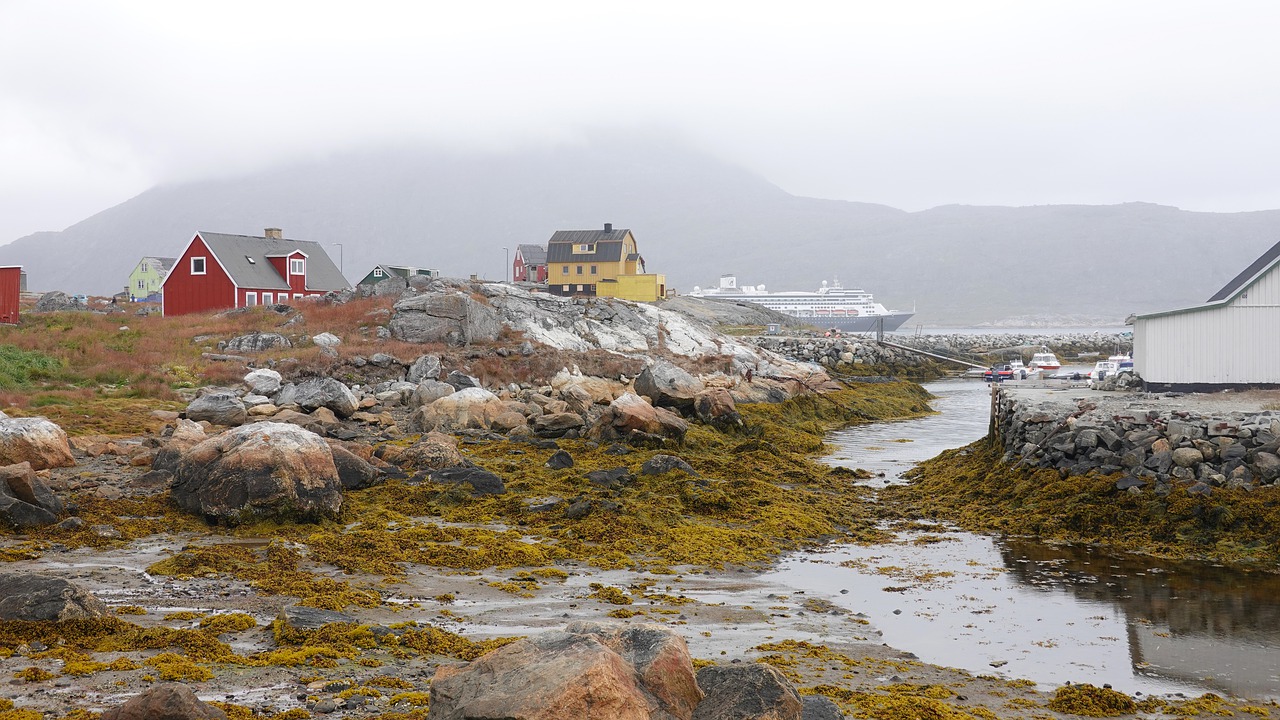Meltwater runoff in Greenland has risen by 21% over the past four decades.
Vast quantities of water are locked up as ice in Greenland’s giant sheets, yet these sheets are melting at increasing rates. In the past decade 3.5 trillion tons of ice has melted on the island.
That’s enough melted ice to cover the entire United Kingdom in 15 metres of water.
Worse: meltwater runoff in Greenland, which is increasingly more erratic from summer to summer as a result of extreme weather events like heatwaves, has risen by 21% over the past four decades.
Between 2011 and 2020 alone, increased meltwater runoff from the island raised the global sea level by 1 centimetre. One third of this total was produced during two especially hot summers, in 2012 and 2019.
This is according to scientists from the University of Leeds, who analyzed satellite data to map the extent of ice sheet runoff from space.
Large volumes of melting ice raises sea levels worldwide, increasing the risk of devastating floods in coastal areas. In addition, ice melt can disrupt marine ecosystems in the Arctic Ocean and alter patterns of ocean and atmospheric circulation that affect global weather conditions, the scientists explain.
“As our climate warms, it’s reasonable to expect that the instances of extreme melting in Greenland will happen more often — observations such as these are an important step in helping us to improve climate models and better predict what will happen this century,” says Thomas Slater, a research fellow at the British university’s Centre for Polar Observation and Modelling who was the lead author of a study published in the journal Nature.
Over the past decade, runoff from Greenland has amounted to an annual average of 357 billion tons, the scientists say. The maximum was reached in 2012 at 527 billion tons.
By 2100, the melting of Greenland’s ice sheet could contibute a rise of between 3 centimeters and 23 centimeters to sea levels globally, although models will need to be fine-tuned for more precise predictions.
On the upside, there is no inevitability about the melting of Greenland’s ice sheets on an even larger scale.
“There are reasons to be optimistic,” Slater says. “We know that setting and meeting meaningful targets to cut emissions could reduce ice losses from Greenland by a factor of three, and there is still time to achieve this.”
This story first appeared on Sustainability Times
© 2021 Sustainability Times.
This article is licensed under a Creative Commons Attribution-ShareAlike 4.0 SA International License.












